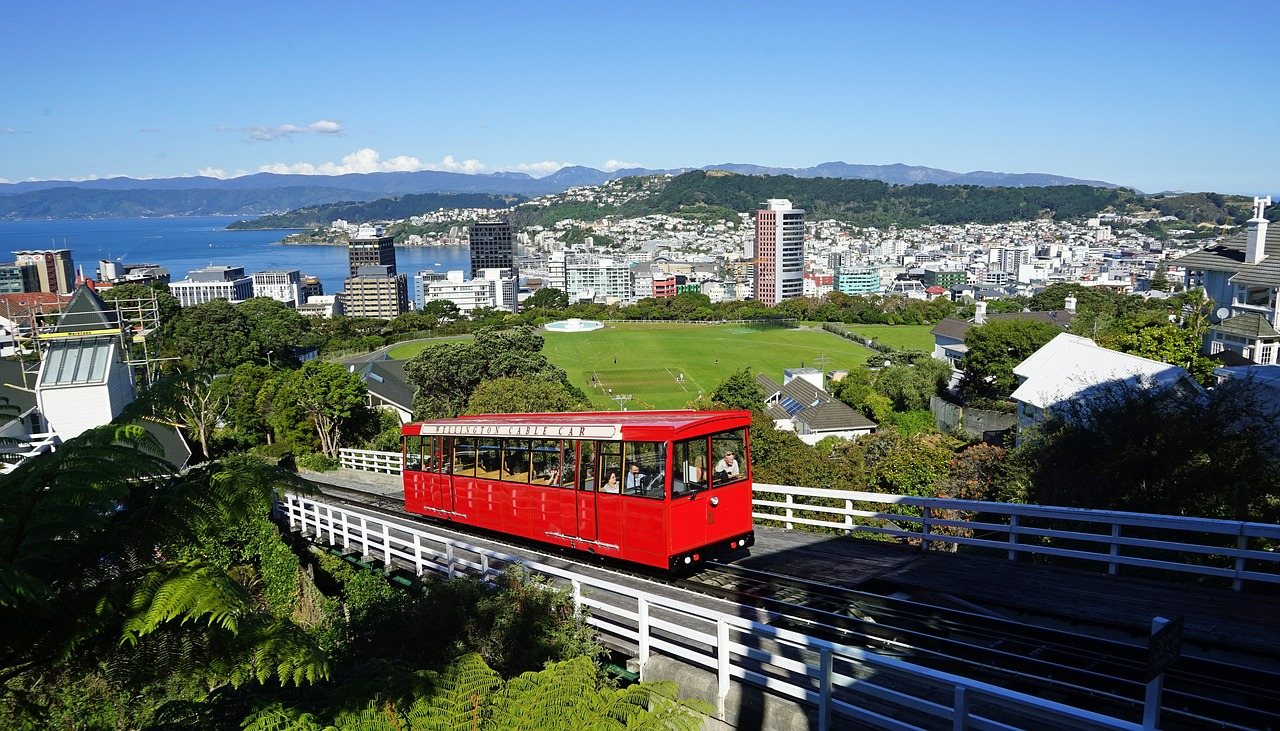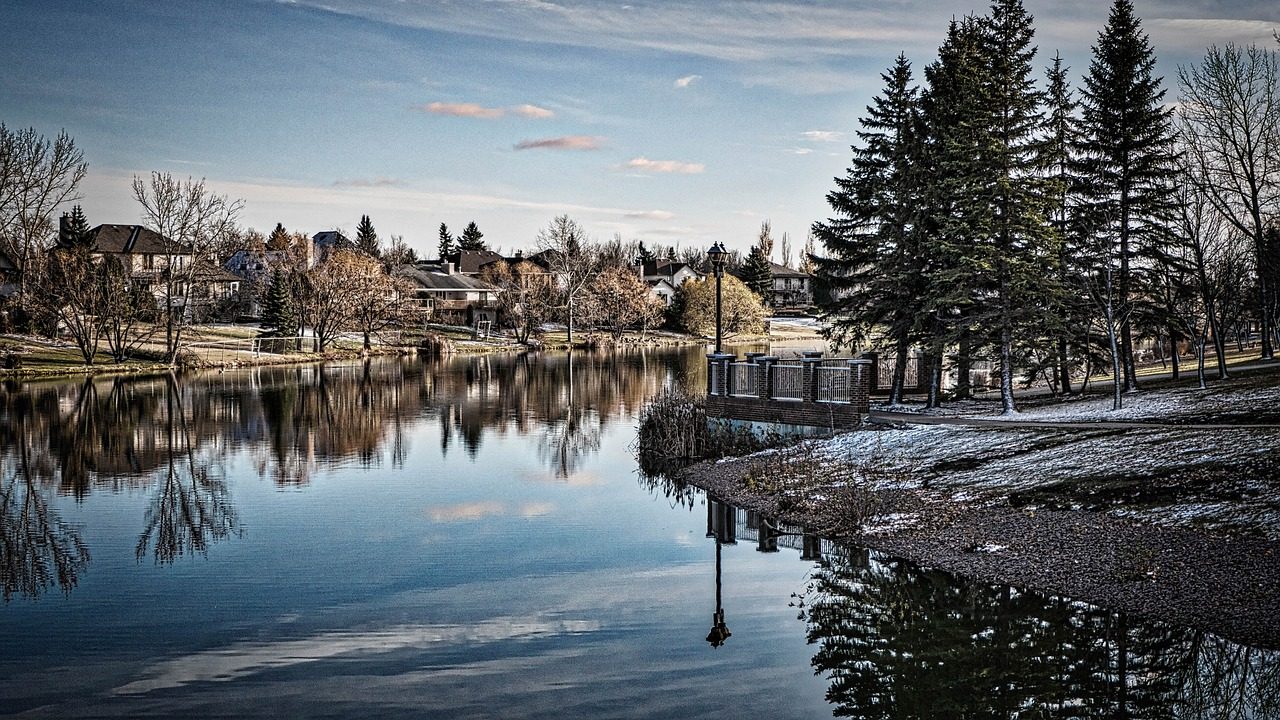Is Whistler dangerous? When it comes to Whistler safety, the answer is that it depends on the activity and the time of year. Whistler is a popular tourist destination known for its beautiful scenery, world-class skiing and snowboarding, and outdoor activities. However, like any outdoor destination, there are certain risks that visitors should be aware of.
Most Common Causes of Injury
The most common causes of injury in Whistler are related to skiing and snowboarding. According to data from the Whistler Blackcomb Ski Patrol, the majority of accidents on the mountain are caused by skiers and snowboarders colliding with each other or with trees. Other common causes of injury include falls, equipment failure, and avalanches.
Natural Dangers
In addition to the risks associated with skiing and snowboarding, there are also natural dangers in Whistler that visitors should be aware of. These include the risk of avalanches, especially during the winter months when there is heavy snowfall. Visitors should also be aware of the risk of hypothermia and frostbite, as well as the risk of falling or getting lost in the wilderness.
Best and Worst Time of Year for Weather
The best time of year to visit Whistler for outdoor activities is during the summer and fall, when the weather is mild and there is less chance of snow or ice. However, the winter months are also a popular time to visit for skiing and snowboarding. Visitors should be aware that the weather can be unpredictable, and that even in the summer, there can be sudden storms or changes in temperature.
Crime
When it comes to crime in Whistler, the overall crime rate is relatively low. However, like any tourist destination, there is a risk of theft, especially in crowded areas such as the village. Visitors should be aware of their surroundings and keep an eye on their belongings, especially in busy areas. The police department in Whistler has also reported an increase in car break-ins in recent years, particularly in the parking lots in the village. Visitors should lock their cars and keep valuables out of sight. It’s also a good idea to avoid leaving personal belongings in the car overnight.
Safest Areas
The village of Whistler is generally considered a safe area, with a strong police presence and a community that is dedicated to maintaining a high standard of safety for visitors. Visitors should still take the usual precautions in crowded areas, but overall, the village is considered a safe place to visit.
Areas to Avoid
There are not many areas of Whistler that are considered particularly dangerous, but visitors should be aware that crime rates can be higher in certain areas of the village, particularly in the evenings and at night. Visitors should be aware of their surroundings and take the usual precautions, such as keeping an eye on their belongings and avoiding dark or poorly lit areas.
In conclusion, Whistler is a safe destination for visitors, but as with any outdoor destination, there are certain risks that visitors should be aware of. The most common causes of injury are related to skiing and snowboarding, and visitors should be aware of the risks associated with avalanches and hypothermia. The best time of year to visit is during the summer and fall, but visitors should be prepared for unpredictable weather. The crime rate in Whistler is relatively low, but visitors should still take the usual precautions in crowded areas and be aware of their surroundings. Overall, Whistler is awonderful destination that offers a wide range of activities and attractions for visitors of all ages. While there are certain risks that visitors should be aware of, with a little bit of planning and common sense, these risks can be easily mitigated. For example, skiers and snowboarders can take a lesson to improve their skills and reduce the risk of accidents, while hikers and outdoor enthusiasts can check the weather forecast and bring appropriate clothing and equipment.
In addition to being aware of the risks and taking the necessary precautions, visitors can also take advantage of the many resources available in Whistler to help them stay safe. For example, the Whistler Blackcomb Ski Patrol is always on hand to provide assistance and advice, and visitors can also take advantage of the many safety and rescue services offered by the local authorities.
In addition to the safety resources available in Whistler, visitors can also take steps to protect themselves by staying informed about the local conditions and being aware of the risks associated with different activities. For example, hikers and outdoor enthusiasts should be aware of the risks associated with wildlife, while skiers and snowboarders should be aware of the risks associated with avalanches.
Overall, while there are certain risks associated with visiting Whistler, with a little bit of planning and common sense, these risks can be easily mitigated. By staying informed, taking the necessary precautions, and taking advantage of the many resources available, visitors can enjoy all that Whistler has to offer while staying safe and secure. So, pack your bags, plan your itinerary and head to Whistler for an unforgettable experience.



